Water purification while traveling
Water purification while traveling
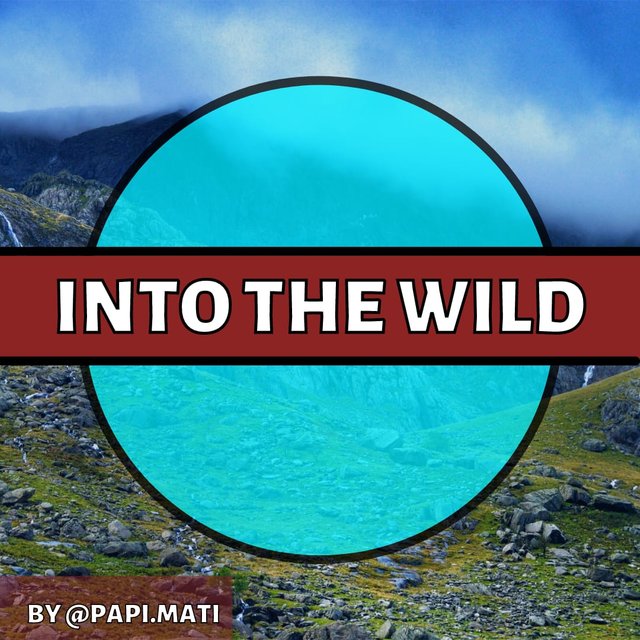 Cover prepared with Canva
Cover prepared with Canva There is no life without drinking water. Quite an obvious statement that we don't even think about in everyday life. However, when we go on a trip or stay longer in a camp, we start to pay special attention to the water. It is ideal if we have access to drinking tap water, which is quite easy in Europe and some other selected countries, like Argentina, but still, most places in the world do not have drinking tap water. We will not find a tap in the middle of the forest, so it is worth learning how to treat water in all conditions, no matter where we live.
I don't know if the terms I will use to distinguish between water treatment methods are professional, but I do identify three water treatment methods:
- mechanical, like water filtration
- chemical, like tablets
- thermal, like boiling water
I will briefly describe all three methods, listing their advantages and disadvantages.
Lifestraw
Mechanical treatment includes all kinds of carbon filters, straw filters, and UV filters. Perhaps the most popular of them (and the only one that I have tried on my travels) is the Lifestraw Straw Filter, recommended by most international organizations. Lifestraw is all about filtering the water through straws with tiny holes that filter 99.999% of all contaminants and bacteria, even as small as E. Coli bacteria. Thanks to this, it is safe to drink water from each tank. However, the filter does not protect against chemical contamination. Although it may seem disgusting, with lifestraw you can drink water even from a dirty puddle or toilet without fear of any health complications.
Lifestraw costs around $ 50-60, but straw will last for 4,000-20,000 liters of water (depending on the model). It is sold in the form of a long tube or with a container that makes it easier to use (you do not have to lie down by the water tank and drink directly from the river or lake). Its effectiveness is very good but… it is very impractical to use.
To filter the water through the Lifestraw, you need to create quite a lot of pressure. You need to suck to pull the water through the straw with all your strength for a long time. The stream of filtered water passing through the mouthpiece is low, so the process of satisfying thirst is lengthy and cumbersome. I only used the Lifestraw Straw in critical situations. It allows you to survive but is very uncomfortable
Carbon filters
Carbon fibers, found in many travel water filters, have their pros and cons. Certainly, the advantages include the good taste of filtered water and the fairly quick cleaning process. Their efficiency is limited to the filtration of objects of 0.01 microns and larger, which means that 99% of viruses and bacteria are removed from the water. Carbon filters also trap most of the chemical contaminants such as heavy metals and chlorine, but they do not work against all harmful chemicals, so some common sense is recommended. Better not to drink water straight from the river near the factory.
Carbon filters are less durable than straw filters, they require the replacement of the cartridge or the entire filter system every several hundred, up to a maximum of 1000 liters of water.
UV filters
Probably the most popular of that kind is the electronic SteriPen filter. I didn't try it myself, but during the trip, I encountered a few other backpackers who had it with them (as many backpackers meet, living on the road is a topic for a completely different post, but believe me - a lot). The filter is filled with water, the UV light is turned on, which after some time kills viruses and bacteria. The process is quite fast, half a liter of water is purified in 40 seconds, requires no effort, and the lamps last forever, so the entire filter lasts a lifetime with proper care. However, there are also disadvantages - first of all, the price of such a device is very high compared to other filters, moreover, the water that we pour into the filter must always be clear, it must not be contaminated by anything that would hinder the flow of UV radiation. The filter does not clean the sand, requires batteries or power connection, is quite heavy, and is prone to damage, which is easy to get when traveling with a backpack.
Chlorine tablets
The chemical method for purifying water is chlorine tablets. I do not like this solution, but I always have tablets with me just in case of an emergency. This is probably the lightest thing, the tablets weigh almost nothing, so they will not significantly increase the weight of our backpacks. Usually, we throw a tablet with chlorine into the amount of water described on the package, wait 30-40 minutes and we can drink it. Benefits? Besides the lightweight, maybe the price. Defects? A lot! The water tastes disgusting, you have to wait a long time for it to clear, chlorine in the tablets is not neutral for our body. Pills can expire, so it's not something we can keep for years like the mechanical filters described previously. The water should also be drunk quite quickly unless the tablets contain additional silver ions, which preserve the fluid and allow us to reach for it for up to 6 months.
Thermal treatment
The best and worst method of water disinfection. The method is available for anyone. As long as you have the access to the fire, you don't have to buy anything. Boiling water allows you to neutralize viruses and bacteria, but unfortunately not all of them. The heat treatment, for example, can survive the botulinum toxin. In this way, we will not get rid of chemical contamination (except those that evaporate at lower temperatures than water) or mechanical contamination. To boil the water, bring it to a boil and boil it for about 20 minutes. If we are in the mountains, this process should be extended according to the height.
If we travel through places where making fires is prohibited (most national parks and forests in Europe), it is worth using survival solutions such as "kelly kettle". I will describe it in one of the future publications - I used the Kelly Kettle myself while walking across Europe, but when I changed the continent I left the kettle behind, due to the relatively high weight and volume of the item.
There are other methods, such as obtaining water from the ground, obtaining water from steam or a filter made of stones, leaves, and coal, but as these are more survival methods, not traditional methods of filtering water by backpackers, I will write about them later in a separate, more specialized post.
Thank you for reading,
@papi.mati
10% of the income goes to @hive-181136
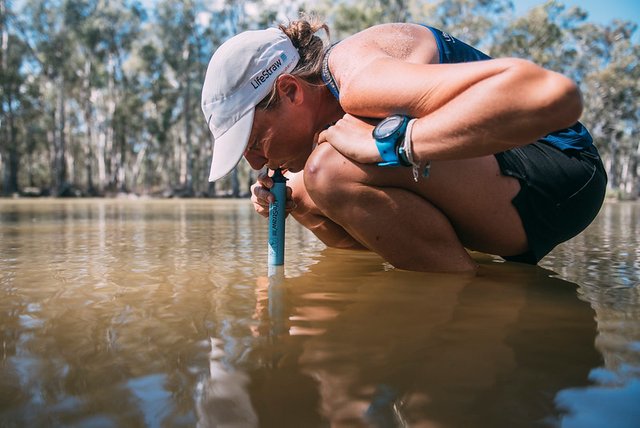

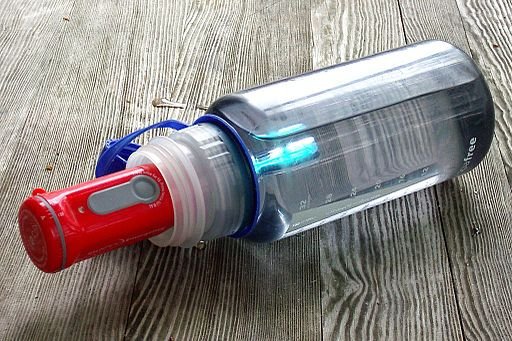
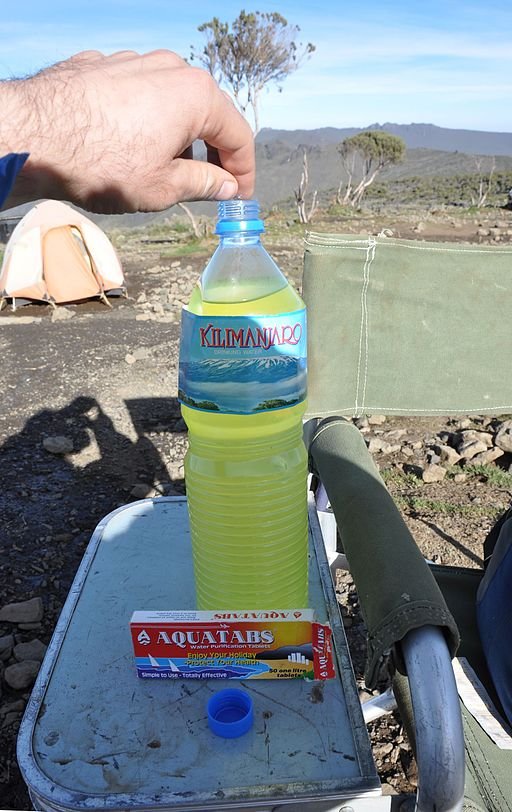
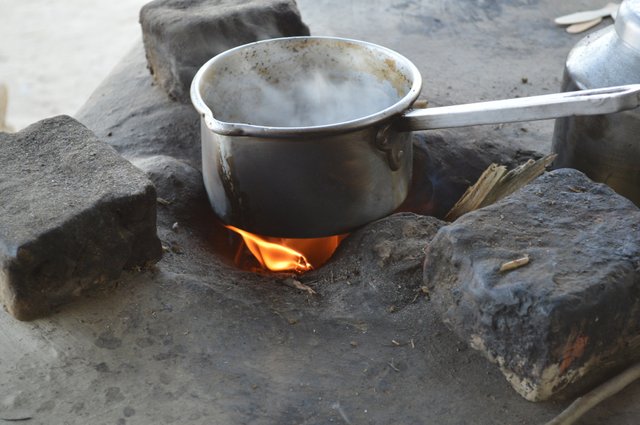
Hola amigo estoy sorprendida con todos los metodos para purificar el agua, en Venezuela solo podemos utilizar los dos ultimos, las tabletas de cloro, cuyo sabor con el tiempo desaparece y hervir el agua porque las tabletas de cloro no están al alcance de todos, gracias por compartir con nosotros tus experiencias, saludos. @karianaporras

Oh yes, there is plenty of methods of water purification. There is also purification by ultrasounds and ozone, but it's more like the city solutions, not necessarily the way to use while traveling. I bet there is more, I described only the ways which I know or tested :)
Thank you for your great comment. Wishing you all the best!
Amigo gracias por compartir tan valiosa informacion para Nuestros Hermanos Scouts
Thank you for stopping by, reading my post, and commenting. I appreciate it!
This is really usful post. the methods you have found are truly amazing. Others also can follow this methods.
Thank you very much for stopping by and writing the comment. Have a good day!